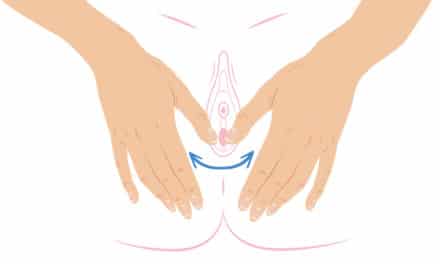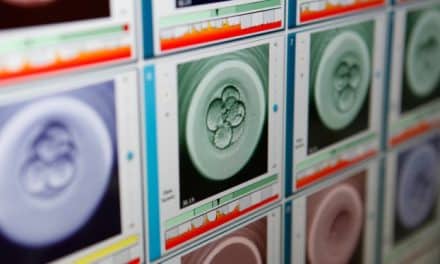After the embryo transfer or during the first weeks of pregnancy, you may experience light bleeding, but that does not mean you are not pregnant or that you are going to lose your baby. In fact, spotting is quite common in early pregnancy: it happens in 3 out of 10 pregnancies.
The reason for this is that the walls of the uterus contain a large number of blood vessels. Their purpose is to supply nutrients and facilitate the development of the embryo inside the uterus. However, some of the veins or capillaries on the surface of the endometrium — the inner layer that lines the uterus — can rupture just as the embryo implants in the uterus, causing spotting. Technically, specialists call this “implantation bleeding”.
But this bleeding can be mistaken for a period, as it usually occurs between 6 and 14 days after fertilisation, just when your period is due or a few days earlier. Therefore, it is normal to be concerned. In this post Dra. Mª del Mar Vidal Seguí, a gynaecologist at Dexeus Mujer specialising in assisted reproduction, explains how to distinguish one type of bleeding from the other, what to do if it happens and in which cases bleeding can be a cause for concern.
How to distinguish implantation bleeding from period bleeding:
- It is lighter. Implantation bleeding is lighter, you lose less blood.
- It has no clots. The texture of implantation bleeding is lighter, and it does not contain clots.
- It has a fainter colour. Implantation bleeding looks different from normal period bleeding. It may be darker in colour, similar to the colour you get at the end of a period, or more pinkish. It can also be red, but it is usually duller in colour than a period.
- It lasts less. Implantation bleeding may last only a few hours or be intermittent, but it usually lasts no longer than three days.
- It is not painful. As with your period, you may feel some discomfort in your lower abdomen, but not severe pain. If you feel severe abdominal pain, you should contact your gynaecologist immediately.
When is it a cause for concern?
In the case of vaginal haemorrhage, or threatened miscarriage, the bleeding is usually much heavier and bright red. In addition, vaginal haemorrhage may contain clots and its intensity does not decrease as the hours go by, but may even increase. It also causes more intense pain.
What should you do?
First of all, do not panic! If the bleeding is scarce, the texture is light, it contains no clots, and it does not hurt, there is no need to rush to the emergency room.
But always (always!) inform your gynaecologist and ask for an appointment so that he/she can assess the bleeding and make a diagnosis.
If the bleeding appears between periods and there is no possibility that you are pregnant, it could be caused by several reasons (use of hormonal contraceptives, infections, polyps, or other health issues that can affect the reproductive system). Your gynaecologist will tell you what steps to take.
If you are undergoing a fertility treatment such as ovulation induction, IUI, IVF, etc., you should contact your fertility centre and inform your doctor.














